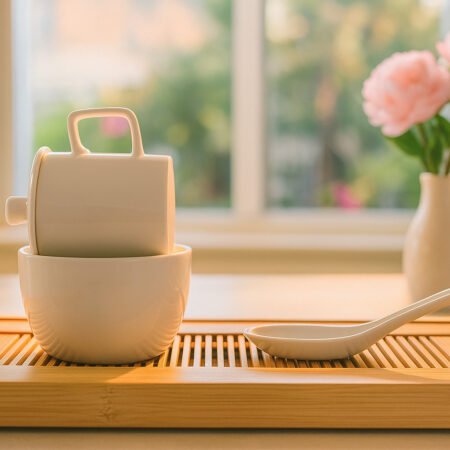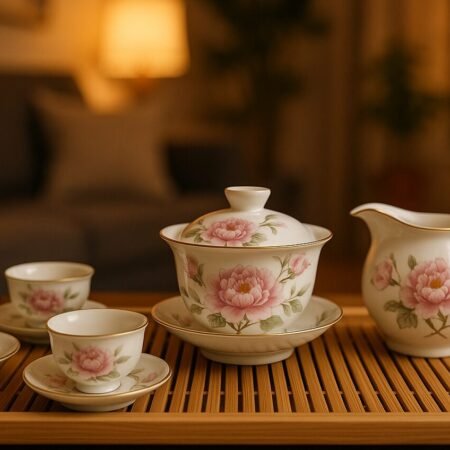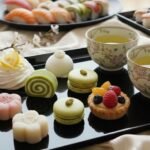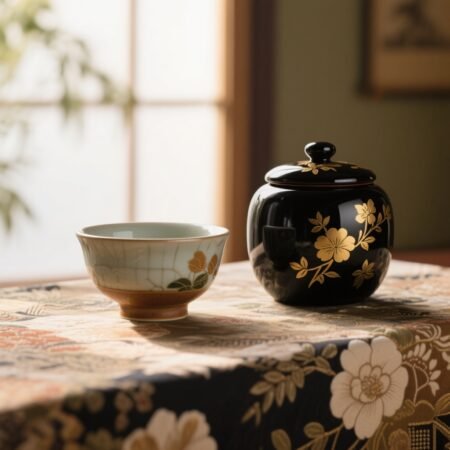
Browse Category
Teaware
Discover the essential tools and vessels that enhance your tea experience through both function and beauty. From everyday brewing equipment to specialized cultural implements, each piece serves a purpose in elevating your tea journey.
23 Articles

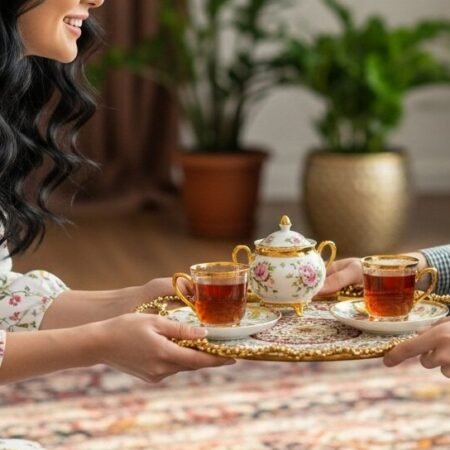
Stylish Tea Trays: Elevate Your Tea Time with the Perfect Tea Tray
August 3, 2025
15 Min Read
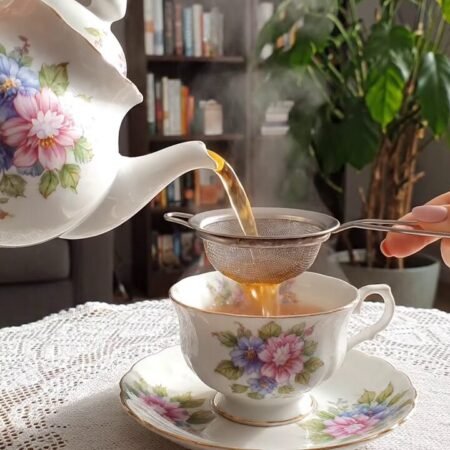
A Guide to the World of Loose Leaf Infusers and Strainers
July 24, 2025
10 Min Read
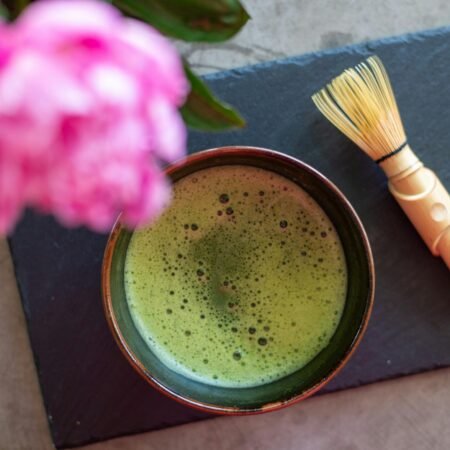
Top Quality Matcha Whisks: Authentic Bamboo Chasen for Japanese Tea in Kyoto
July 22, 2025
11 Min Read
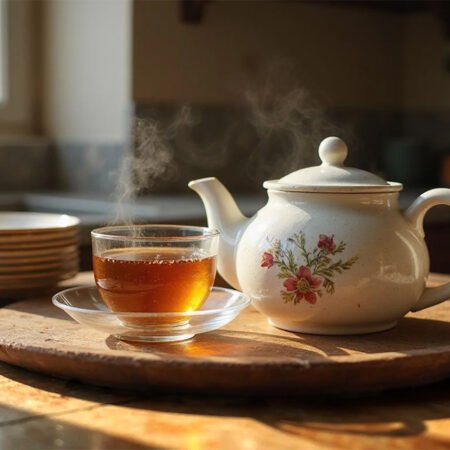
Enhance Your Tea Experience with the Best Teaware for Post-Brewing Tea
July 22, 2025
5 Min Read
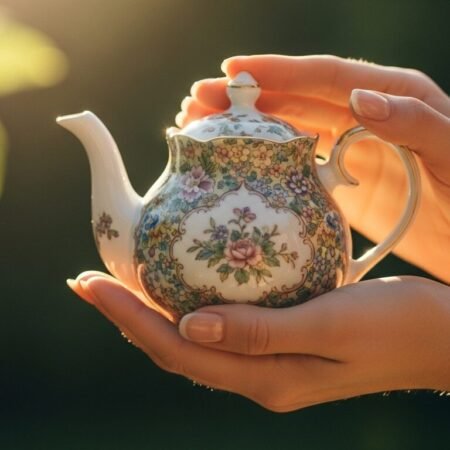
Essential Tips for Teaware Care: Teapot Maintenance, Matcha Rituals & More!
July 20, 2025
12 Min Read

The Ultimate Guide to Tea Brewing Vessels: Brew Your Perfect Cup with Teaware
July 14, 2025
13 Min Read
Featured Articles
How to Make Tea in Microwave: Quick and Easy Brew Guide
October 29, 2025
What Foods Pair Well with Black Tea
November 2, 2025
Green Tea Food Pairing: How to Pair Green Tea with Meals
November 4, 2025
Seasonal Tea Pairing: Best Tea and Food Combinations by Season
November 6, 2025
Most Delightful Newsletter
Get Our Master Tea Brewing Cheatsheet


